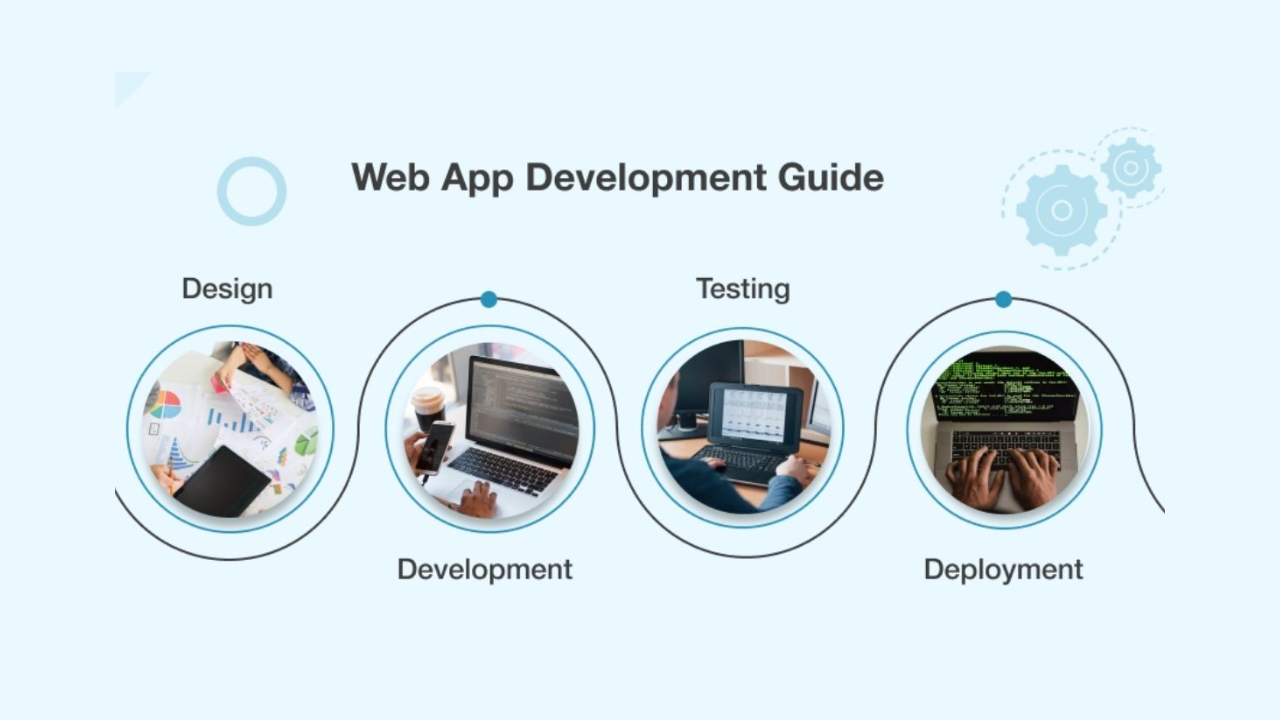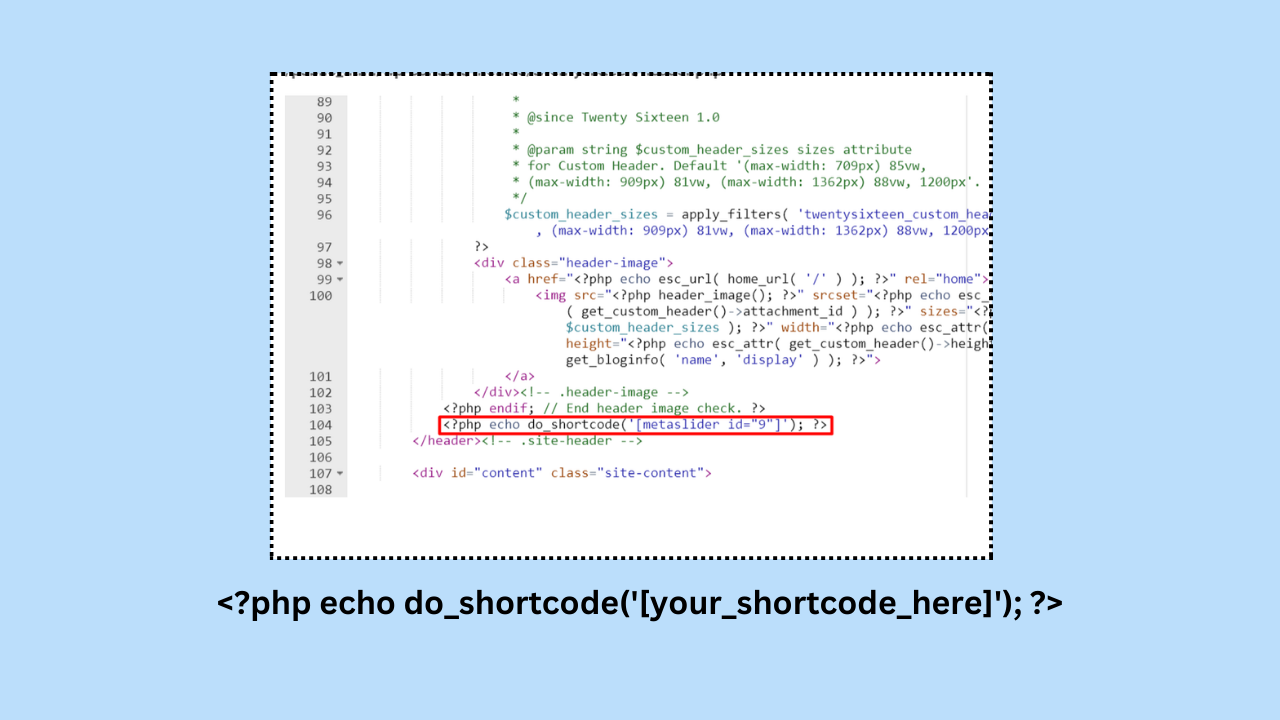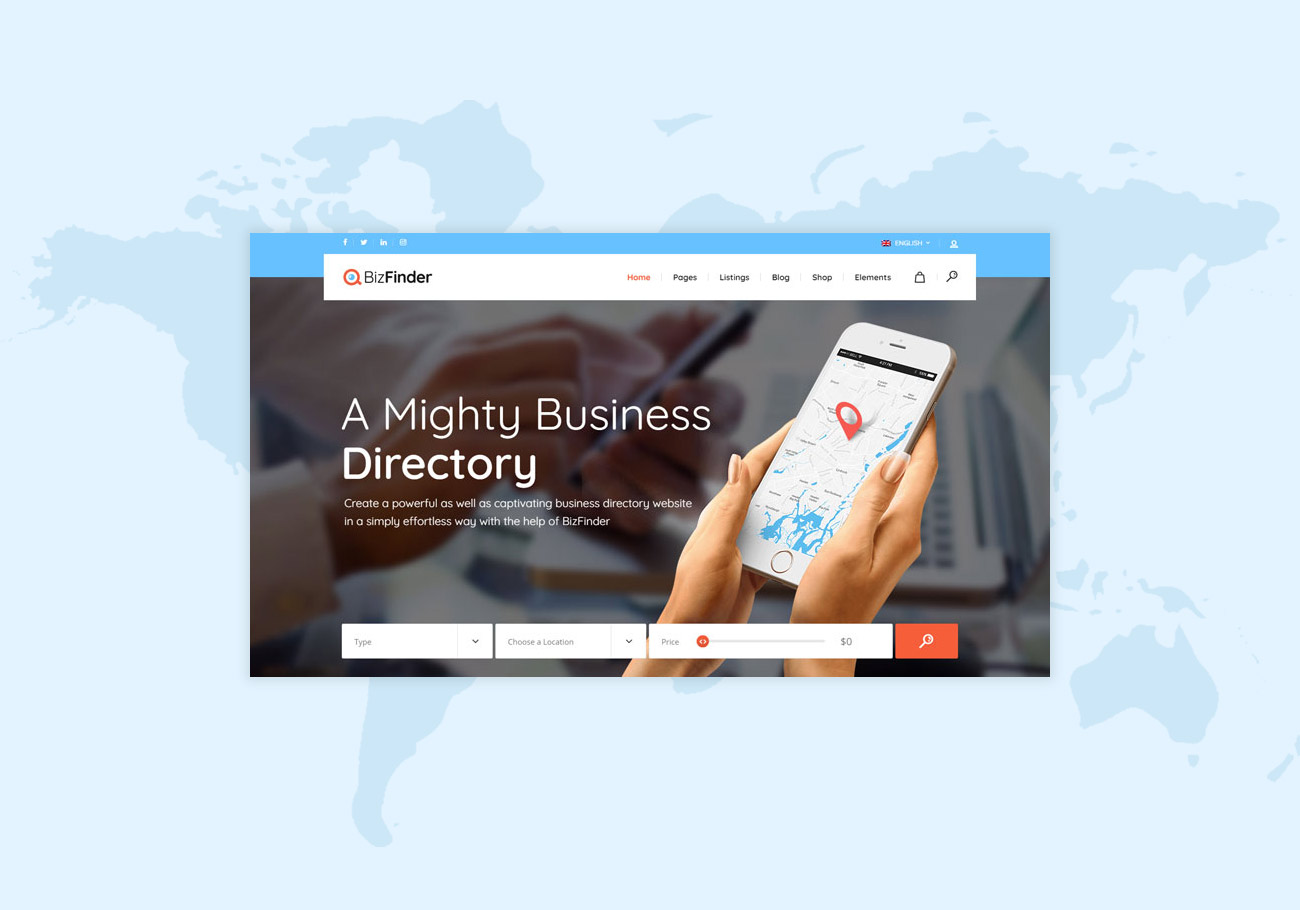Paid and organic social media marketing are two key components of a successful social media strategy. They each have their unique benefits and can work together to help you achieve your marketing goals. Here’s a guide to both paid and organic social media marketing:
Organic Social Media Marketing:
- Content Creation and Posting:
- Create high-quality and engaging content, including text, images, videos, and infographics.
- Develop a content calendar to maintain consistency in posting.
- Audience Engagement:
- Respond to comments and messages promptly.
- Encourage user-generated content and engage with your followers.
- Hashtags and Keywords:
- Use relevant hashtags and keywords to increase discoverability.
- Research and select appropriate keywords for your niche.
- Community Building:
- Build a community of like-minded individuals by joining groups and forums in your niche.
- Share your content within these communities.
- Analytics and Insights:
- Regularly analyze social media analytics to understand what’s working and what’s not.
- Use the data to refine your strategy and content.
Paid Social Media Marketing:
- Targeted Advertising:
- Use paid advertising on platforms like Facebook Ads, Instagram Ads, Twitter Ads, and LinkedIn Ads to reach a specific audience.
- Utilize detailed targeting options based on demographics, interests, and behavior.
- Budget Management:
- Set a clear budget for your paid campaigns and monitor spending.
- Adjust budgets based on campaign performance.
- Ad Creatives:
- Create visually appealing ad creatives that align with your marketing objectives.
- Test different ad formats, such as image, video, carousel, and slideshow.
- A/B Testing:
- Conduct A/B tests to optimize ad elements, including headlines, ad copy, and images.
- Use the results to refine your campaigns for better ROI.
- Conversion Tracking:
- Implement conversion tracking to measure the effectiveness of your ads.
- Monitor key metrics such as click-through rates, conversion rates, and cost per conversion.
- Retargeting:
- Implement retargeting campaigns to reach users who have previously engaged with your brand.
- Craft specific messaging for this audience to drive conversions.
Integrated Approach:
To maximize the benefits of both paid and organic social media marketing, consider these strategies:
- Content Promotion: Use paid advertising to boost the reach of your most valuable organic content, such as blog posts or videos.
- Lookalike Audiences: Create lookalike audiences based on your existing customers or engaged social media followers for your paid campaigns.
- Consistent Branding: Ensure that your organic and paid content align with your brand’s message and image.
- Goal Alignment: Align your organic and paid strategies with your marketing goals, whether it’s brand awareness, lead generation, or sales.
- Optimize Landing Pages: Make sure your landing pages are user-friendly and optimized for conversions to support your paid campaigns.
By effectively combining both paid and organic social media marketing strategies, you can reach a broader audience, drive engagement, and achieve your marketing objectives more efficiently. Regularly monitor and adjust your approach to stay responsive to changes in the social media landscape and the behavior of your target audience.










